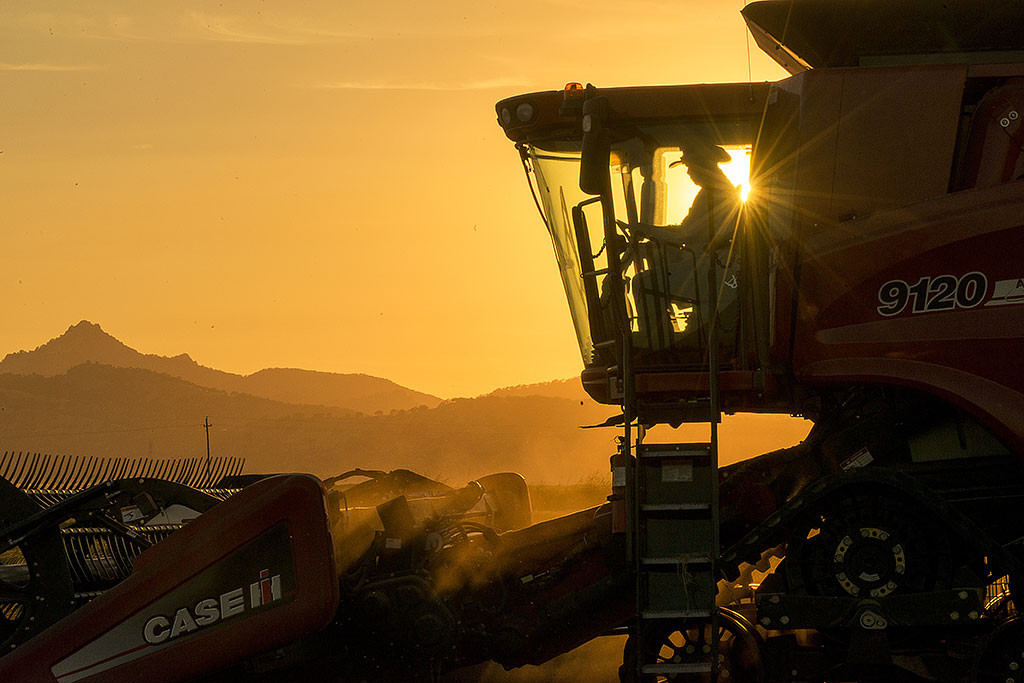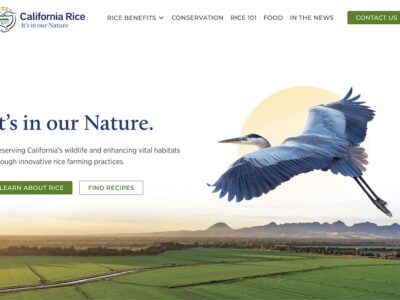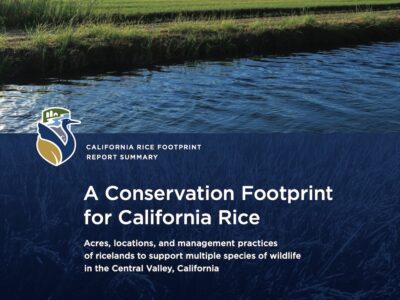When we meet with legislators and regulators we talk about the Pacific Flyway, salmon and the hundreds of species of wildlife that use rice. We also focus on the rural communities in the Sacramento Valley that are so closely tied to our industry. Everyone gets it. They understand that our rice fields are so much more than the sushi rice they produce.
What is harder, is when we are asked how much rice we need in California to support all these benefits. That is where the Rice Footprint comes in.
The Rice Footprint, an idea born in our strategic planning, is a comprehensive effort to answer that question – how many acres of rice and where, to continue to provide all the needed habitat for the Pacific Flyway, rearing and food resources for juvenile salmon and support our rural communities. Further, what types of programs are needed to support rice farmers and mills?
Here are some of the key elements of the work over the next 5 years:
Rice Footprint Report – we are working with UC Davis to develop a report that quantifies the habitat and economic benefits of rice. The first edition of the report will set the framework for how many acres of rice are needed in the state of California, as we look at increasing pressure from drought and increased demand for water resources. Later work will identify geographic habitat needs by species and our local economies.
Voluntary Conservation Easements and Leases – we are pursuing funding for permanent easements offered through groups including Ducks Unlimited and the California Waterfowl Association. We are also working to develop shorter term programs like 10-25 year habitat leases that offer greater flexibility. The idea is that rice on the landscape is critical, and we need voluntary tools for growers to secure those acres.
Conservation Programs – we are working to grow existing and develop new well–funded programs growers can participate in to enhance habitat for waterbirds, salmon, giant garter snakes and many other species closely tied to ricelands.
Habitat Designations – we are exploring the potential of habitat designations for critical species associated with rice.
Grants – in February, we will hire a grant manager to double our annual grant funding to $10M-$12M annually.
Ultimately it is our objective to achieve a consensus that it shall be the policy of the State of California that no fewer rice acres than identified in the rice footprint be maintained. Combined with the effort of many water districts and conservation groups under the NCWA Floodplain Forward work, this effort will provide a powerful tool to not only make the case for water designated for rice and associated habitat, but also further connect us with the broader environmental values of the state.
As we start these conversations, the many, many responses from conservation organizations, elected officials and regulators lead us to believe that this will be the next big thing for California rice.




